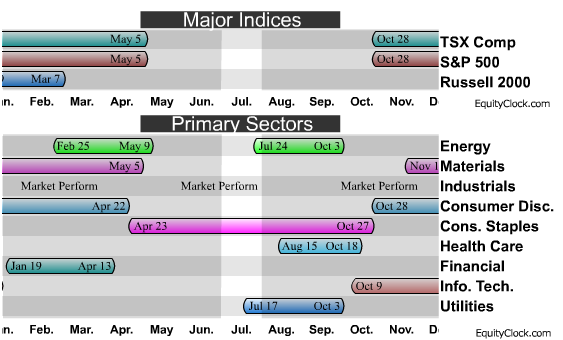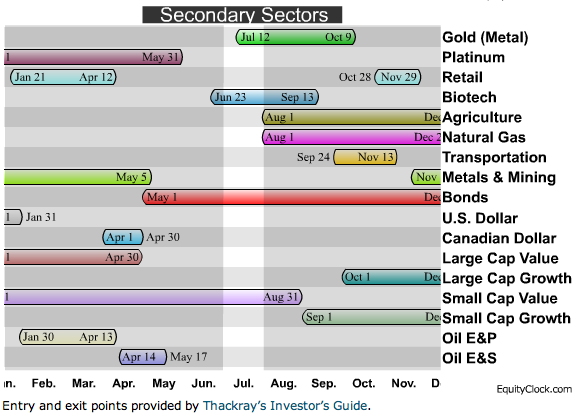Currency
Move to the Farm Belt and become a Lamborghini dealer
If you don’t want to become a farmer, move to the Farm Belt and become a Lamborghini dealer.
A global shortage of farmers could become a serious problem. Most farmers in the U.S., Japan and elsewhere are in their sixties or older and young people aren’t entering the business. More Americans are graduating with degrees in public relations than in agriculture, a field that generated fewer than 10,000 college graduates last year. — in FA MAG
You can play this game for a while……….but eventually the currency collapses cause the markets have more money than the central banks do.
– Jim Rogers answering the question “how much of the sovereign debt can the ECB own, if others don’t want to buy it ?”
U.S. Stocks: The Bull Market Is Getting Close To The End
Jim Rogers : “I’ve never seen a bull market in any asset class that goes on forever. There may be one, but I’ve never heard of it. Enjoy it, but be prepared. I do know it will end, but not when. We’re getting close to the end. The day that happens won’t be a pretty one. When it ends it will be a big mess. he continued. This will be worse than 2001 and 2008-2009.” — in Financial Advisor Magazine
Current Most Popular:
When you have a huge collapse, and everyone stops buying, eventually people have to start buying something. Whether they buy the Jim Rogers sugar or wheat recommendations, they have to eat. Right now, none of …
In a riveting interview on CNBC, legendary investor Jim Rogers warned Americans to prepare for “Financial Armageddon,” saying he fully expects the economy to implode after the U.S. election. Rogers, who for years has been an …
Jim Rogers appears on Russia Today, where he discusses agriculture, gold, commodities and much more. He says prices are already rising.- Source, Russia Today:rt.comJim Rogers – Gold Price in 2014
httpv://www.youtube.com/watch?v=1EwOiigHhwM Question to Jim Rogers: “Are interest rates going to stay this low?” Jim Rogers: “No. No, not for much longer. The market is going to force them up.” “Mr Bernanke who does not know any better knows …
Although selling isn’t yet the strategy of Jim Rogers Soros has recently announced that he is getting out his gold and silver positions. Hopefully it goes down for a while. Ideally, they will continue to …
“There are always geo-political possibilities. If oil goes down, Saudi Arabia’s going to have more trouble buying peace. Any country’s going to have more problems buying peace.” “Iraq is being driven into the arms of Iran. …
Jim Rogers started trading the stock market with $600 in 1968.In 1973 he formed the Quantum Fund with the legendary investor George Soros before retiring, a multi millionaire at the age of 37. Rogers and Soros helped steer the fund to a miraculous 4,200% return over the 10 year span of the fund while the S&P 500 returned just 47%.

Ahead of a week full of data and central banks, it is likely unsurprising that volumes were dismal and protection/hedging was sought. Once again we saw dips bought with a rush to get markets green (after the collapse in Asia overnight weighed very modestly on Europe and US markets) but once a few people realized the impact of the Treasury’s latest refunding data (must read) stocks did sell off into the close.
…..read more HERE



Seasonality refers to particular time frames when stocks/sectors/indices are subjected to and influenced by recurring tendencies that produce patterns that are apparent in the investment valuation. Tendencies can range from weather events (temperature in winter vs. summer, probability of inclement conditions, etc.) to calendar events (quarterly reporting expectations, announcements, etc.). The key is that the tendency is recurring and provides a sustainable probability of performing in a manner consistent to previous results.
Identified below are the periods of seasonal strength for each market segment, as identified by Brooke Thackray. Each bar will indicate a buy and sell date based upon the optimal holding period for each market sector/index.


A seasonality study preferably uses at least 10 years of data. Most of our studies use 10-20 years of data, however, data may not always be available for periods greater than 10 years in length. Studies using less than ten years of data can be used, but they tend to be less reliable. Results of shorter term studies have a higher chance of being skewed by a single data point.
About Equity Clock
Equity Clock is a division of the Tech Talk Financial Network, a market analysis company that provides technical, fundamental and seasonality analysis on a daily basis via TimingTheMarkets.com andEquityClock.com. Equity Clock’s mission is to identify periods of reoccurring strength among individual equities in the market using methodologies presented by some of the top analysts in the industry, including that of Don Vialoux, author of TimingTheMarkets.com.
Feel free to use any of the content or seasonality studies (charts, timelines, or otherwise) presented as long as a link-back to this site at EquityClock.com is provided.
For further information on indicators used in reports presented on this site, please visit our reference page.
Horizons AlphaPro Seasonal Rotation ETF (HAC)
Interested in the methodologies and strategies presented by Tech Talk? The Horizons AlphaPro Seasonal Rotation ETF (trading on the Toronto Stock Exchange under symbol HAC) uses a proprietary, seasonal rotation investment strategy developed by research analysts Don Vialoux and Brooke Thackray. The strategy’s core position consists of broad markets at seasonally favourable times of the year and money market securities at seasonally unfavourable times of the year. The strategy allocates from the core portfolio to various sectors when those sectors offer favourable opportunities. Rotating a portfolio in anticipation of these opportunities is designed to deliver returns that are superior to a static investment in broad markets. As seasonal periods are never the same, this investment strategy is supported by additional fundamental and technical analysis.
For more information, Click Here.














